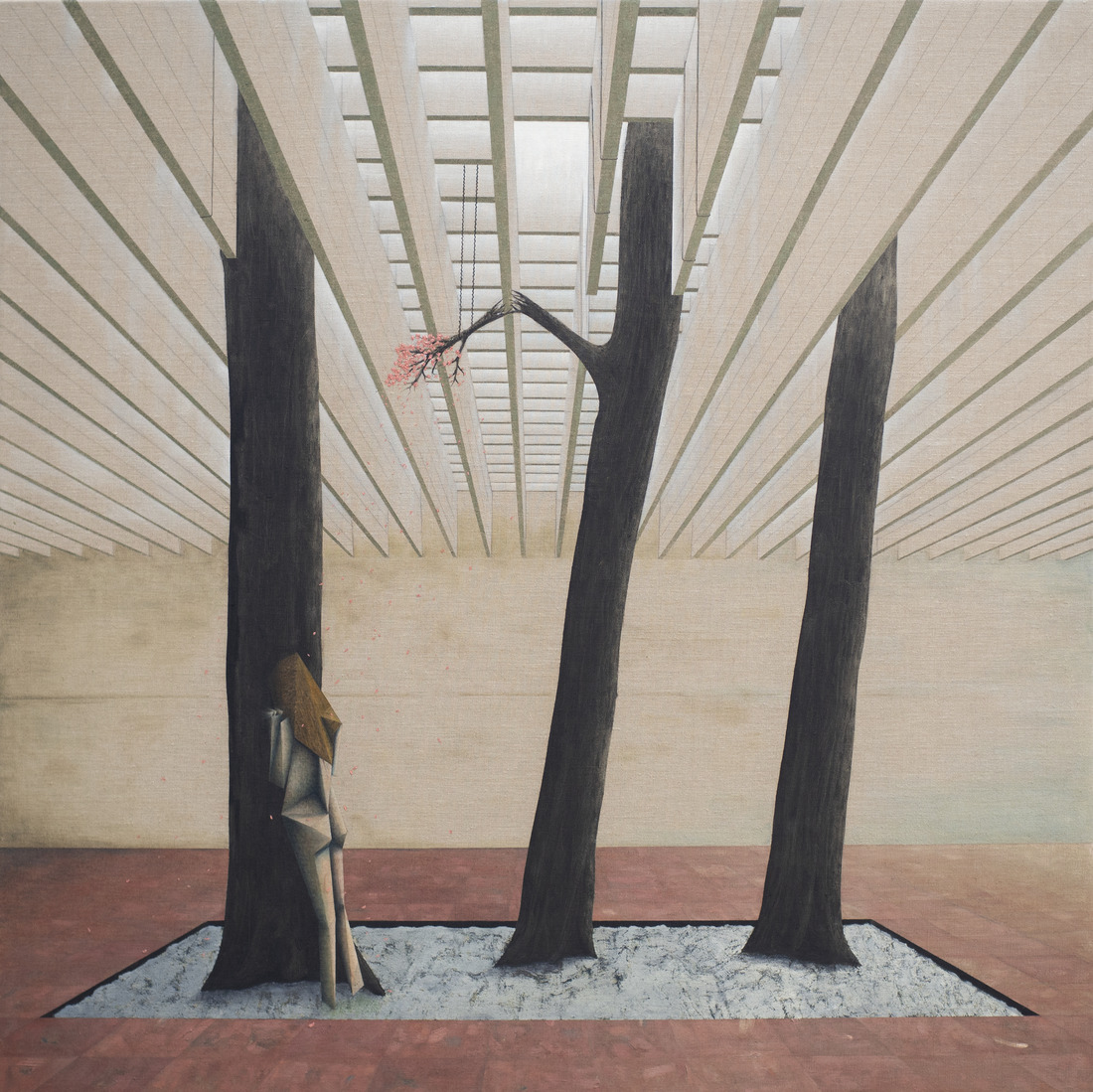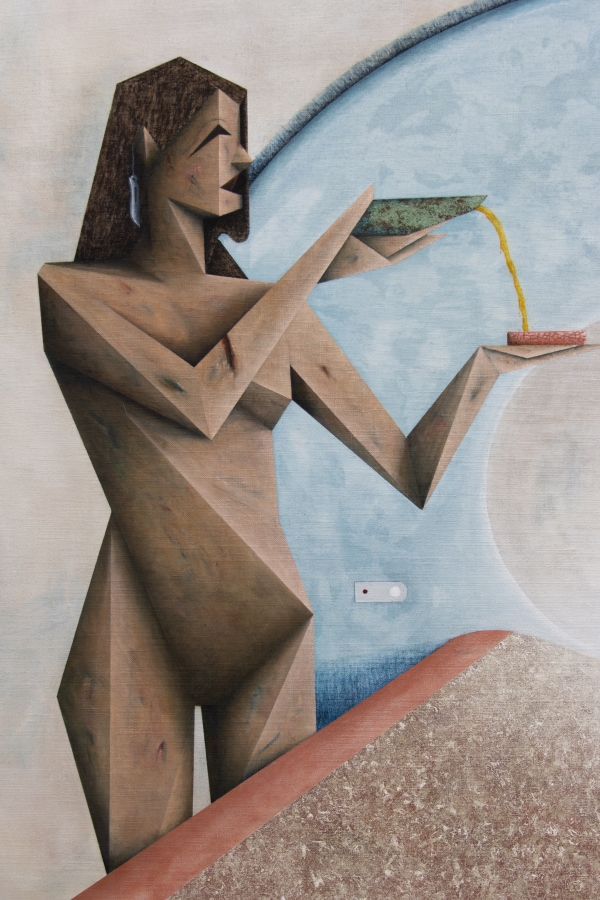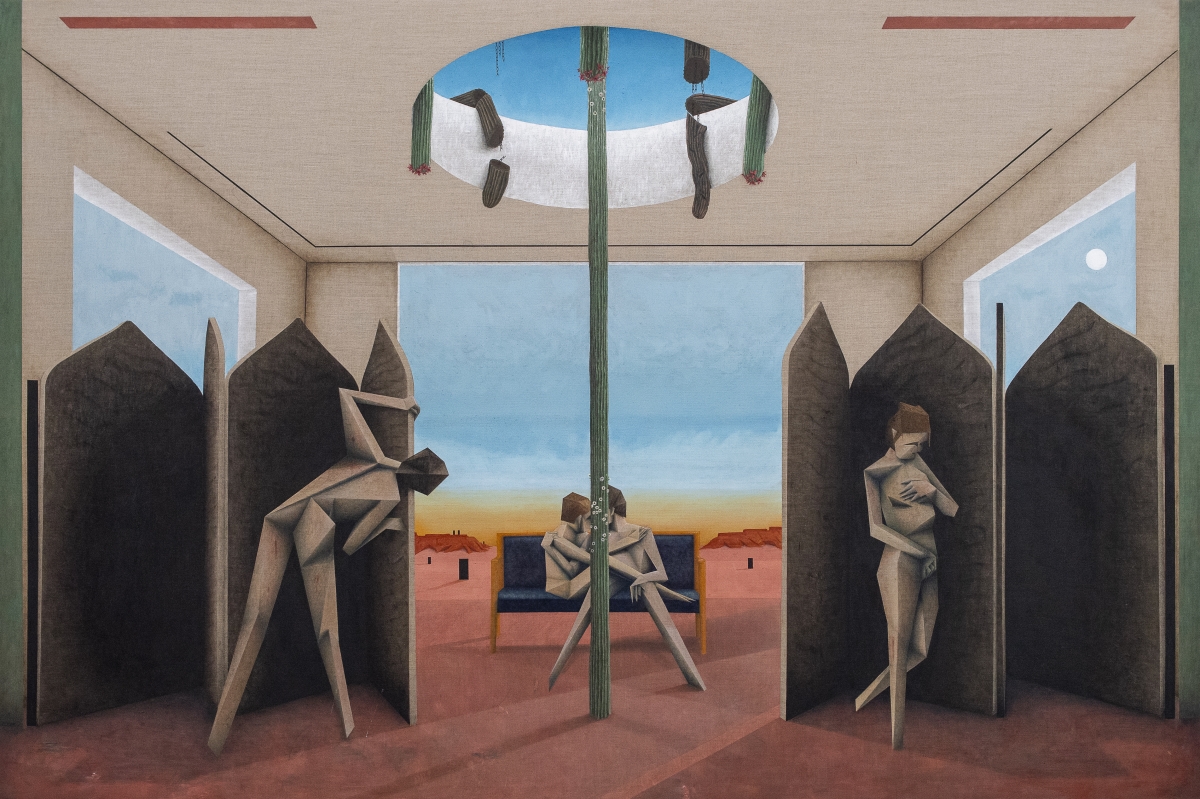
Artist’s Biography
Connor Addison (b. 1994, London, lives and works in Barcelona) is a British painter who developed a strong interest in draftsmanship, architecture, and art from an early age, influenced by his parents, who were interior designers. He taught himself photography and painting and pursued Fine Art studies at Central St Martins in London. Seeking to enhance his technical skills, he later studied Politics, Philosophy, and Economics at the University of Manchester, where he delved into existentialism, history, and aesthetics, inspiring deeper reflections on the human condition and its representation.
Connor’s artistic practice is a fusion of various influences, drawing from the rich history of religious and secular art and architecture as sources of reinterpretation. Although he cites artists like Giorgio de Chirico, Francis Bacon, Georges Braque, and Pablo Picasso as inspirations, his work defies categorization within any specific movement.
His paintings, often presented in a cubist style, aim to evoke the sublime, exploring emotions related to art, love, and relationships. Connor’s muted color palette and fragmented geometric shapes add depth to his subjects’ expressions, eliciting powerful emotions akin to the theory of the sublime proposed by philosopher Edmund Burke. His art serves as a window to a deeper reality, providing viewers with a safe space to explore and connect with their own emotions and existential questions.
Connor Addison has exhibited his work in esteemed venues including Leighton House in London and Salon d’Automne in Paris. His inaugural solo exhibition in the United States occurred in 2021 at the Aktion Art Gallery in Palm Beach. Throughout his artistic journey, Addison’s work has been constantly evolving as he delves into the intricacies of existence and the human experience, conveyed through his distinctive and emotive style.
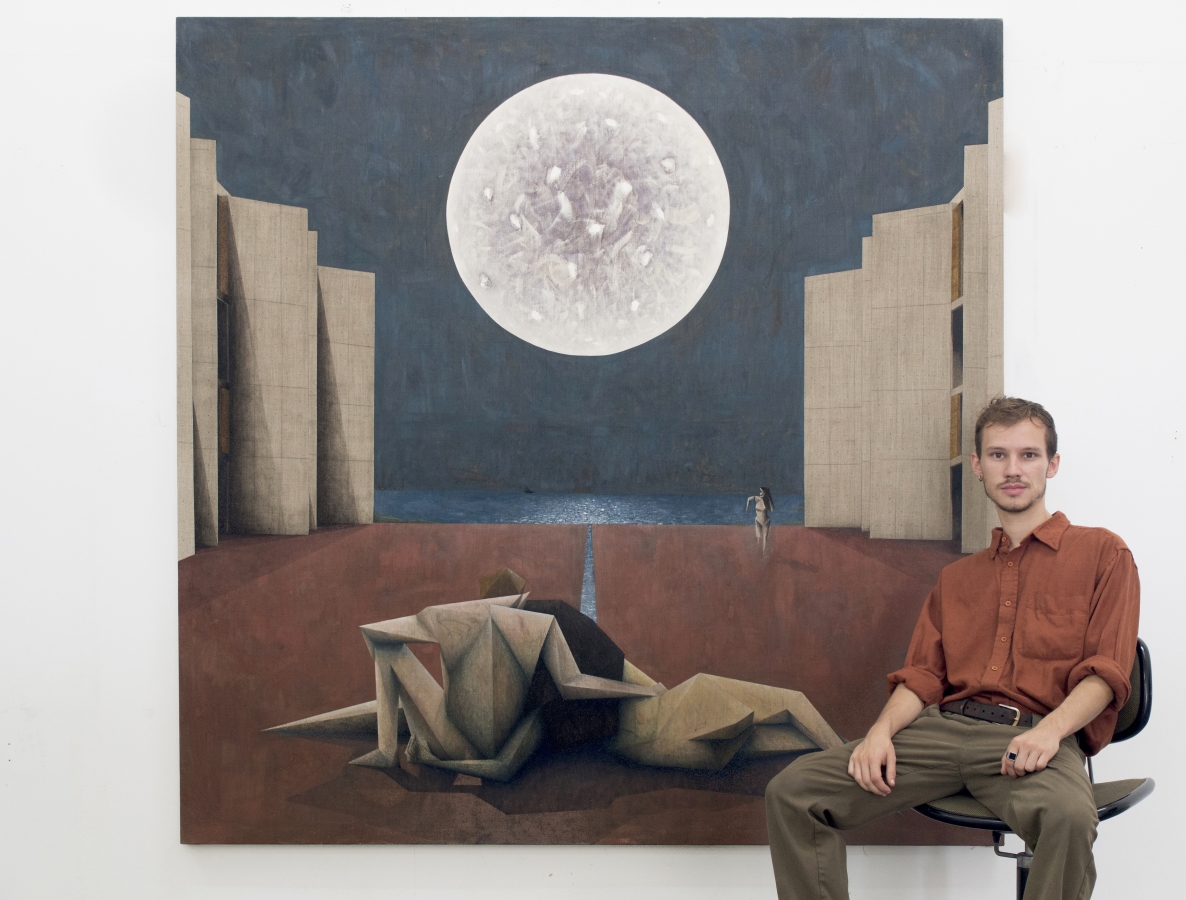
Interview Artist
Connor Addison
By Carol Real
What inspired your initial foray into art? Did you come from a family of artists, or was it a personal passion that led you to pursue the arts?
At a young age, I was introduced to concepts of shape, space, and color by my parents, who are interior designers. I vividly remember copying my mother’s floor plans and being captivated by a book cover featuring Picasso’s work. These experiences instilled in me a combination of imaginative freedom and a love for meticulous draftsmanship, which sparked my artistic journey.
Did any artworks or artists have a significant impact on you? Are there any specific artists, philosophers, or movements that have influenced your artistic style or ideas?
During my formative years, the works of Picasso and Bacon had a profound impact on me. The figurative drama portrayed in their art helped me grasp the transformative power that art holds. It showed me how art can transcend reality and evoke visceral emotional experiences, delving into the depths of the human psyche.
My artistic style and ideas have been shaped by a diverse range of influences. I draw inspiration from religious artists, renowned psychologists like Carl Jung, visionary filmmakers such as Stanley Kubrick, and existentialist philosophers like Jean-Paul Sartre and Søren Kierkegaard. Additionally, art movements like the Renaissance and Brutalism have played a significant role in shaping my artistic perspective. These various influences converge and interact within my work, weaving a tapestry of interconnected ideas and inspiration.
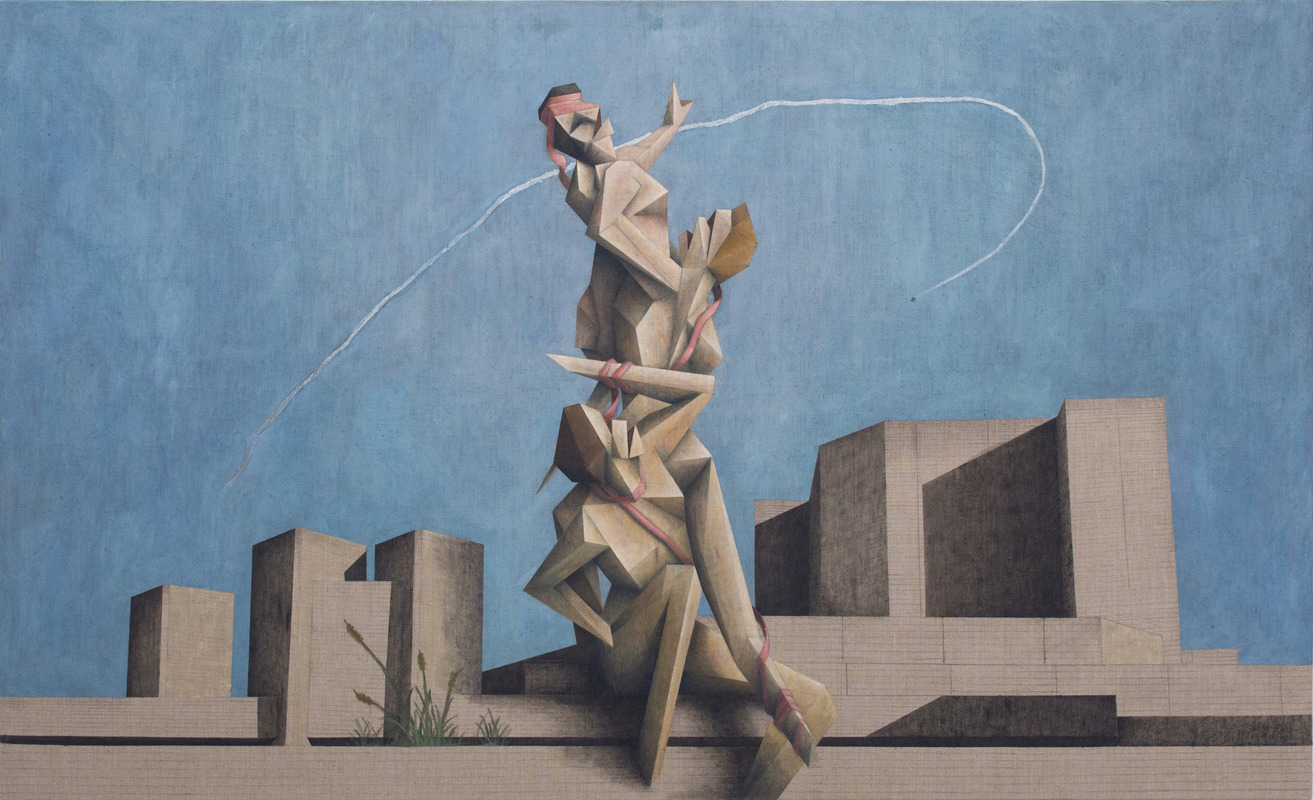
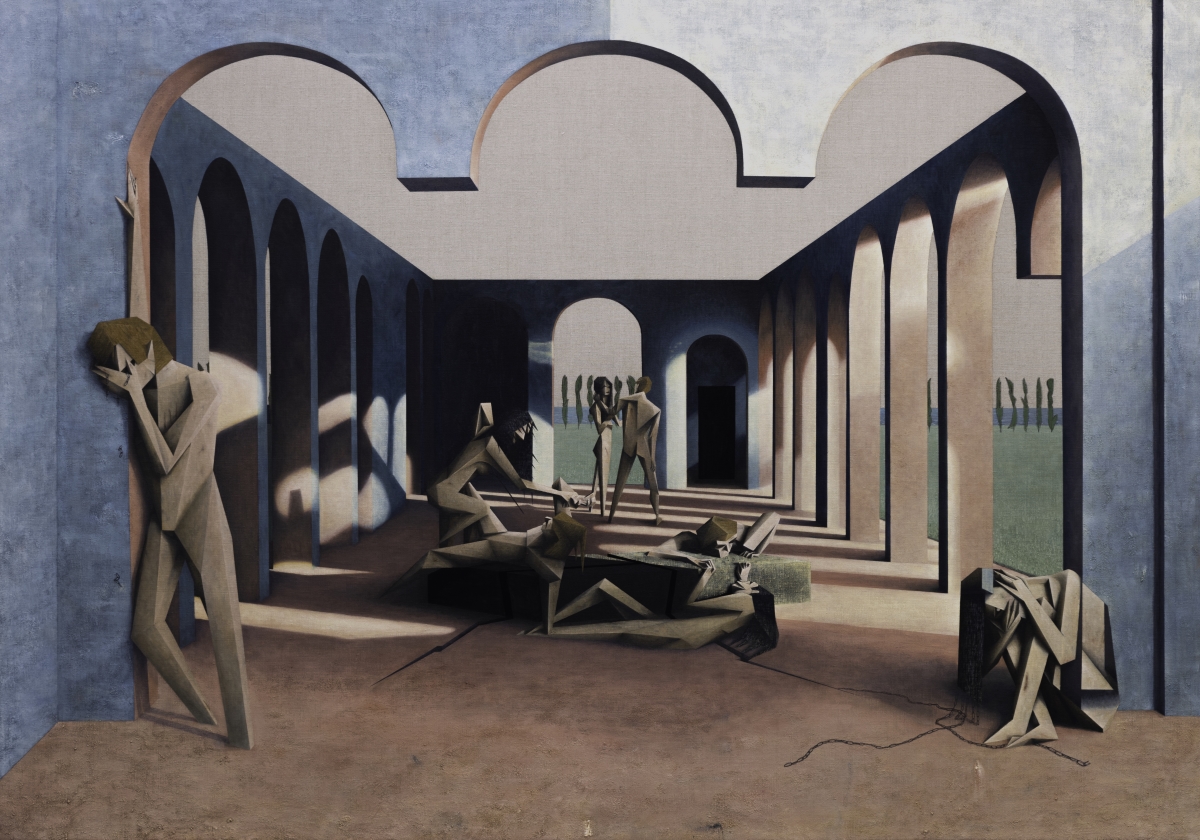
Can you describe the process of creating your artwork, from the initial concept to the final piece?
My artistic process begins with an idea, often stemming from philosophical or personal explorations. Concepts serve as the core of my work. It is deeply conceptual but presented in an aesthetically striking manner that stands on its own, even if the idea itself remains elusive.
Generating ideas involves extensive thinking, reading, and allowing them to manifest as mental images, symbols, and forms. These ideas become totems representing profound concepts, potentially accessible to viewers through investigation and contemplation. I have a particular interest in the idea of A-temporality, recognizing timeless and universal patterns of behavior and observation, such as our relationship with our primal instincts, the responsibility to act, and our encounters with vulnerability and limitations in helping others.
Once an idea takes shape, I collaborate with models to explore various poses and analyze the emotions they convey. When architecture is involved, I visit relevant sites to enhance the connection between models, buildings, and spaces in a carefully curated dance. Numerous sketches and photographs are created before I begin painting.
Working on a large scale, I aim to express the significance I attach to each concept, blurring the lines between reality and my painted universe. I use high-quality materials, often employing crude canvases to maximize texture and layering. My works may involve materials like pencil, watercolor, ink, marble dust, sand, or acrylic to achieve desired effects.
Creating these large controlled, and layered works on a coarse surface is challenging and time-consuming, often taking 100+ days of work. This process cultivates discipline and patience, showcasing the worthiness of expressing a concept. In a fast-paced, production-oriented world, I find great value in the slowness, uniqueness, and meticulous craftsmanship of my art.
While my primary medium is oil painting, I also explore how painting can transcend its traditional boundaries through multi-sensory installations or sculptures. I believe in expanding artistic horizons while placing allegory, meaning, psychology, spirituality, and humanity at the core of my work, rather than constantly questioning the definition of art. I strive to create pieces that are widely accessible yet substantial, with enduring relevance for centuries to come.
Although I don’t accept commissions, I engage with collectors to discuss ideas and concepts, exploring the possibilities of bringing their visions to life through my brush.
How do you choose the themes or subjects for your paintings? Are they influenced by personal experiences or larger philosophical ideas?
My choice of themes and subjects is influenced by both personal experiences and larger philosophical ideas. Through reading and observation, I identify patterns in human behavior, archetypal dramas, and universal forces. Sometimes, certain observations are particularly relevant to my own life at a given moment, prompting me to create a painting that serves as a conversation with myself and allows me to assimilate newfound maturity.
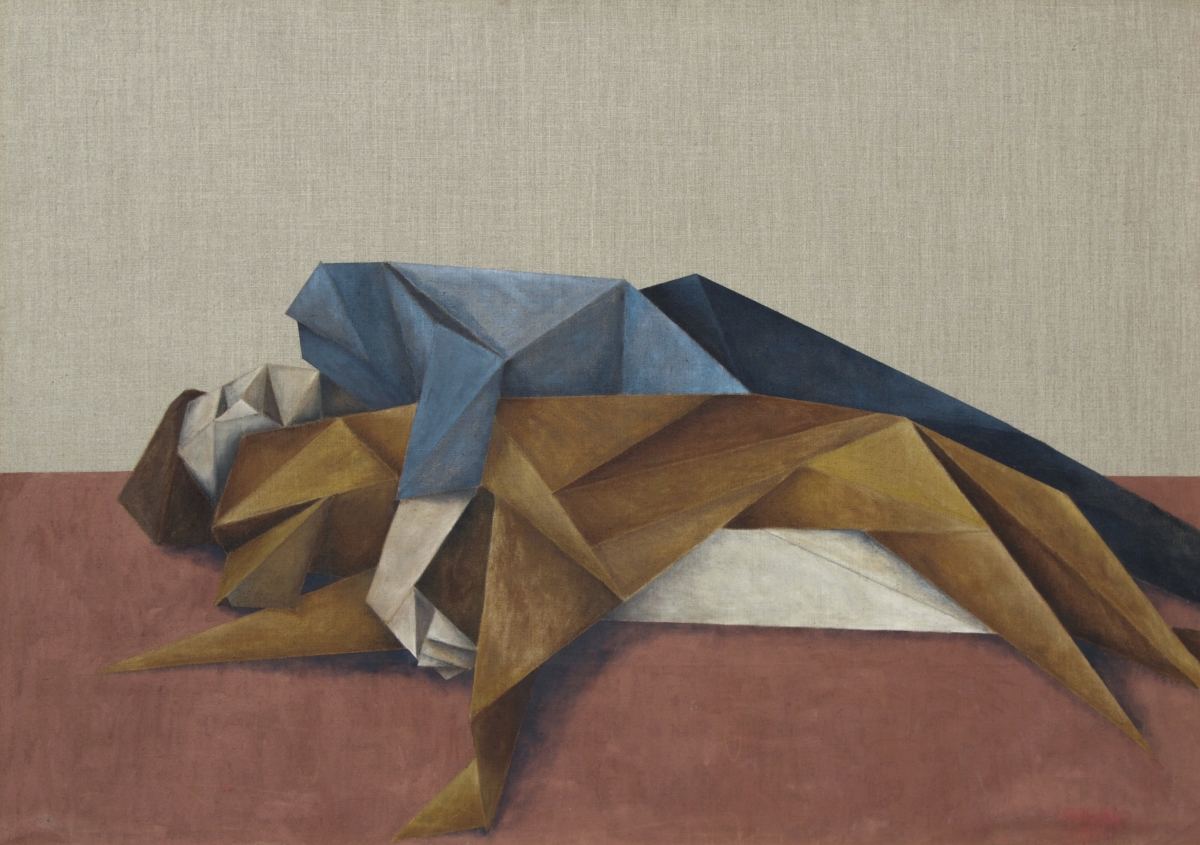
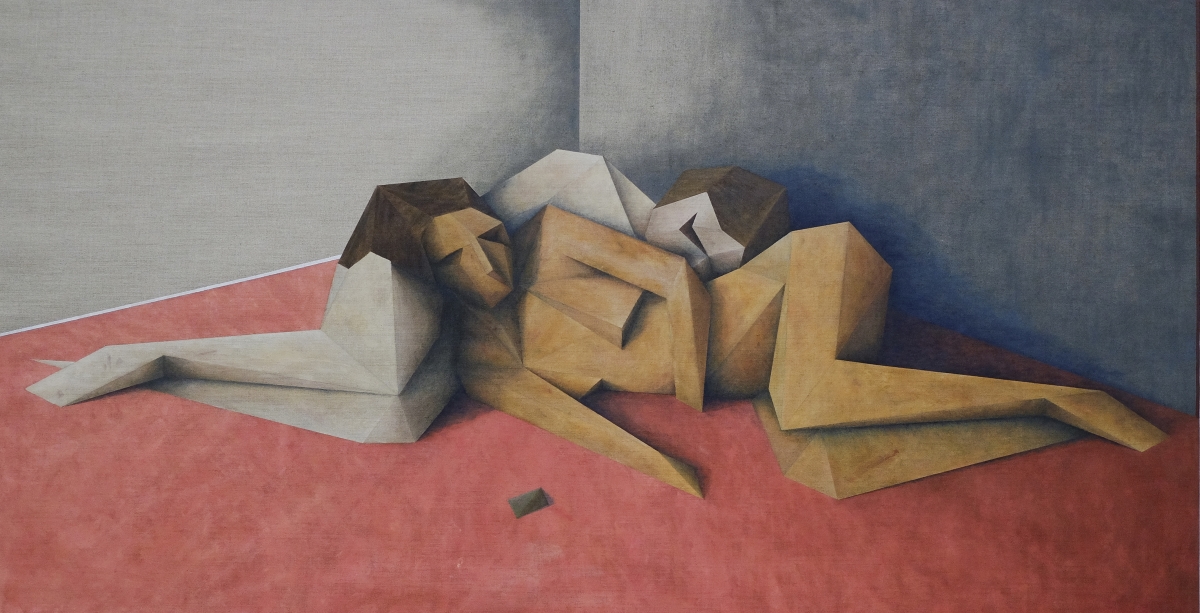
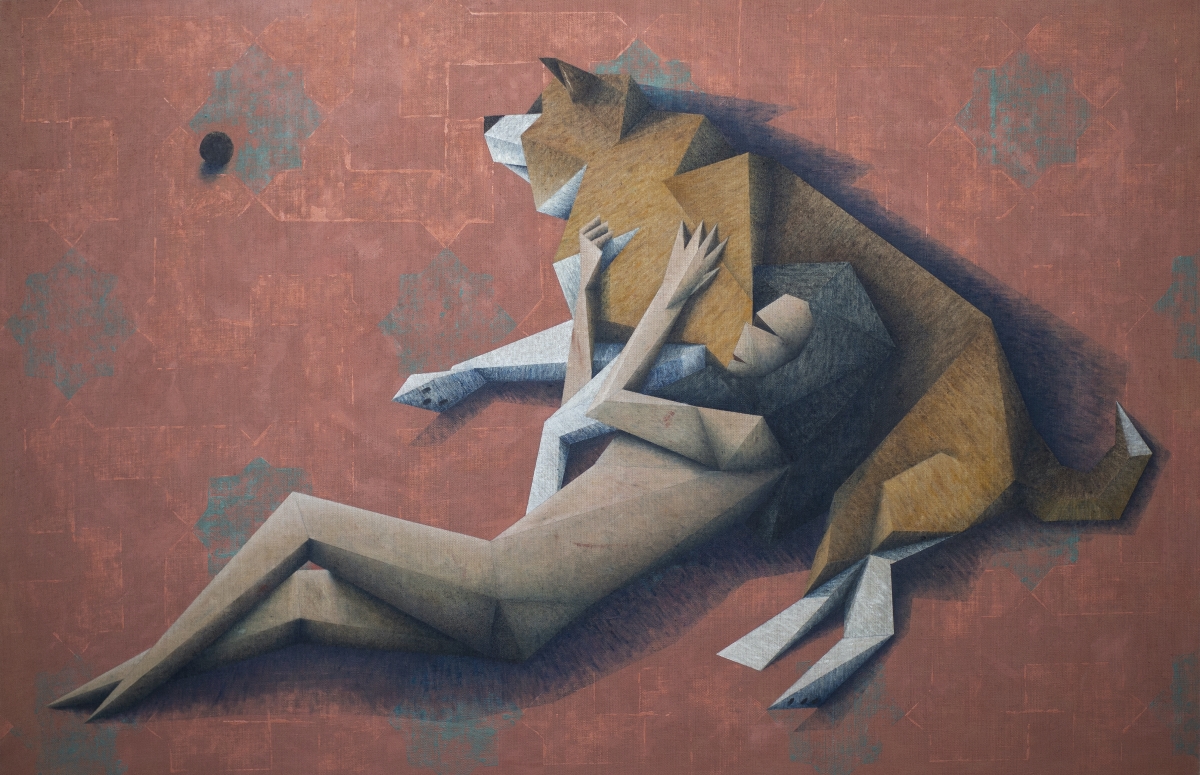
What emotions or moods do you aim to convey through your artwork?
In my artwork, I often aim to convey the presence of suffering, struggle, and striving in the world, alongside a yearning for collective vulnerability and personal responsibility in addressing these issues.
Do you consider your artwork to be a form of therapy or a means of self-expression? How does it help you untangle and process emotions?
I view my artwork as a form of therapy and a means of self-expression. By delving into the depths of my psyche, particularly exploring my shadow, I align with Jung’s proposition that integration of the self requires acknowledging and embracing all aspects of one’s being. Expressing my pain, confusion, and existential queries through my art allows me to externalize these emotions, relieving myself of their burden. By displaying my artworks, I affirm to myself that these emotions are valid and shareable.
How do you feel when viewers interpret your artwork differently from your intended meaning?
I believe that intention does not dictate expression, and therefore, I am open to viewers interpreting my artwork differently from my intended meaning. Viewers bring their perspectives, experiences, and emotions, which can enrich the overall reception of the artwork. I welcome diverse interpretations, as they reflect the subjective and deeply personal nature of art.
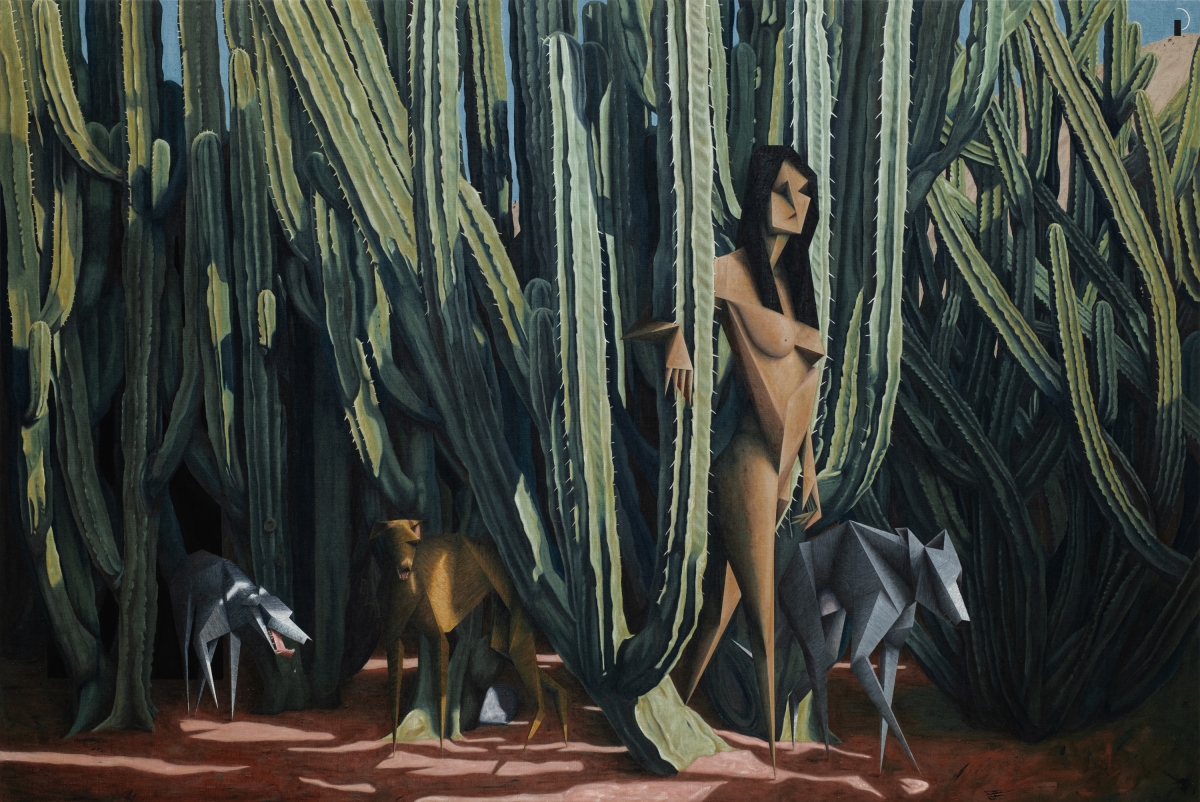

Have you encountered any challenges or criticism in your artistic journey, and how do you handle them?
While I haven’t faced much criticism, challenges are an inherent part of the artistic journey. Painting itself poses numerous challenges, such as capturing the essence of water, and light, or pushing the boundaries of size. I embrace these challenges, constantly seeking new techniques, subjects, and approaches to expand my style and artistic universe. I aim for both consistency and evolution, avoiding stagnation while gradually exploring new territories without abruptly abandoning tested styles.
What roles do symbols play in your paintings, and how do you decide on the symbolic elements to include?
Initially, I had reservations about using symbolism in my work, considering it a crude and obvious form of expression. However, as a personal challenge, I began incorporating symbolism in my paintings. To my surprise, I discovered the power of symbolism when I explored “The Book of Symbols.” It revealed the universality and psychological significance of symbols like mountains, snakes, or the sun across cultures and time periods. I now find it fascinating to tap into this intuitive symbolic language that transcends boundaries.
How does your approach the composition and arrangement of subjects in your paintings create a narrative and allegorical effect?
Narrative and allegorical effects can be challenging to achieve in static painted images, unlike the temporal nature of storytelling. While traditional religious art often presents characters at specific moments within well-known stories, my work aims to express multiple stages of time simultaneously. I achieve this by utilizing space as an indicator of characters moving to different states or stages, with foreground, middle ground, and background representing distinct moments. I sometimes employ multiple light sources to convey the A-temporality of my depicted spaces.
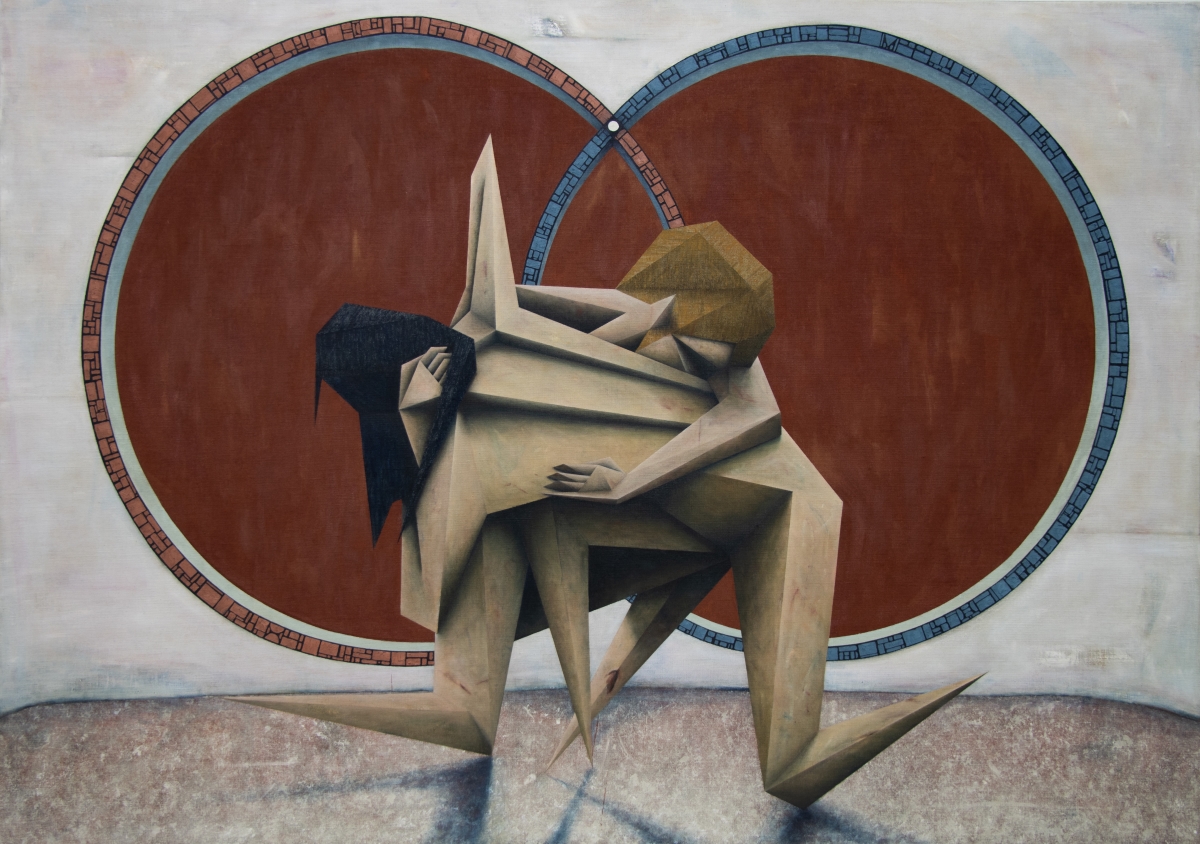
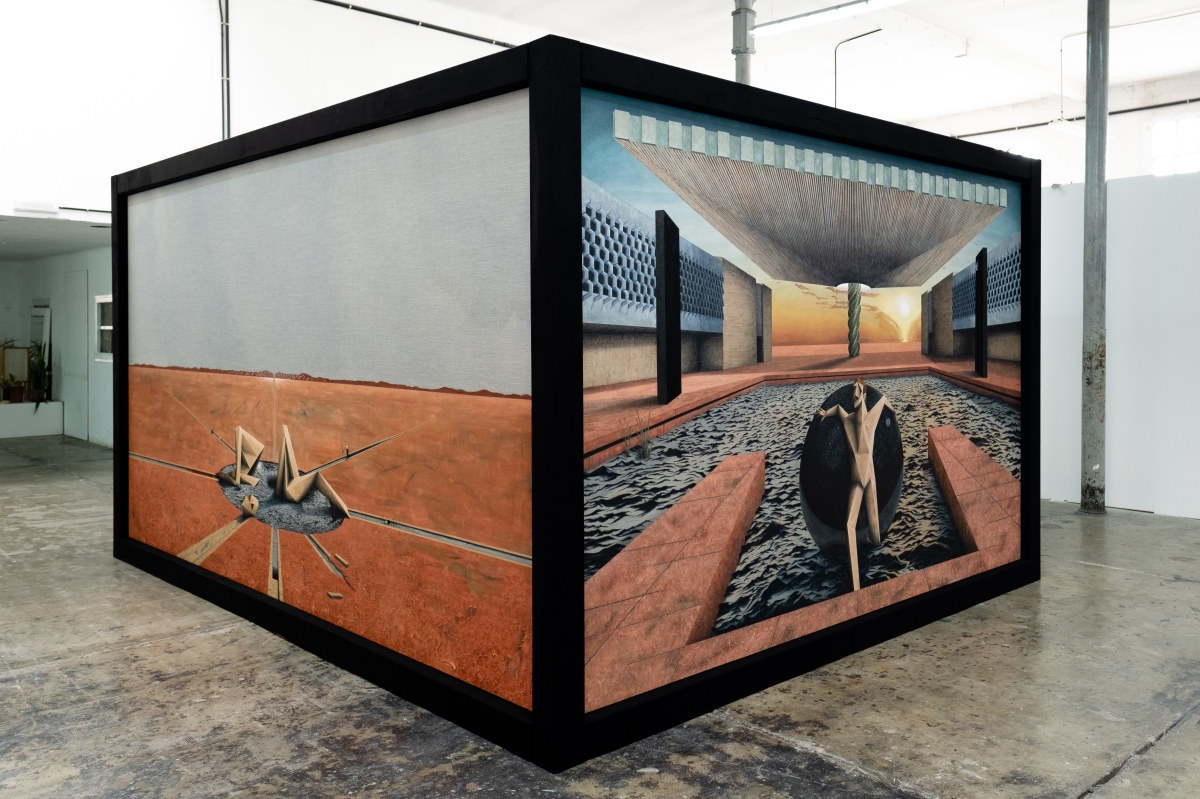
How do you see your artwork evolving in the future? Are there any new themes or techniques you would like to explore?
I am particularly intrigued by the concept of the art object as a window and I would like to explore the idea further, transforming it into a doorway. I envision artworks that serve as actual gateways, allowing viewers to step into a new experience and bring something back into the real world. By expanding the boundaries of traditional art objects, I hope to continue pushing the boundaries of my artistic expression.
Do you have any upcoming projects?
In June 2023, I had a solo show at Groc Projects. It was an ambitious endeavor that aimed to merge painting with reality by constructing a three-dimensional temple structure with large paintings embedded into the walls. Exploring metaphysical concepts like infinity, duality, the ontology of nothingness, and the resulting necessity of being, this project nurtured a sense of wonder around the cosmic dance of reality.
Image credits: All images courtesy of the artist
Editor: Kristen Evangelista
